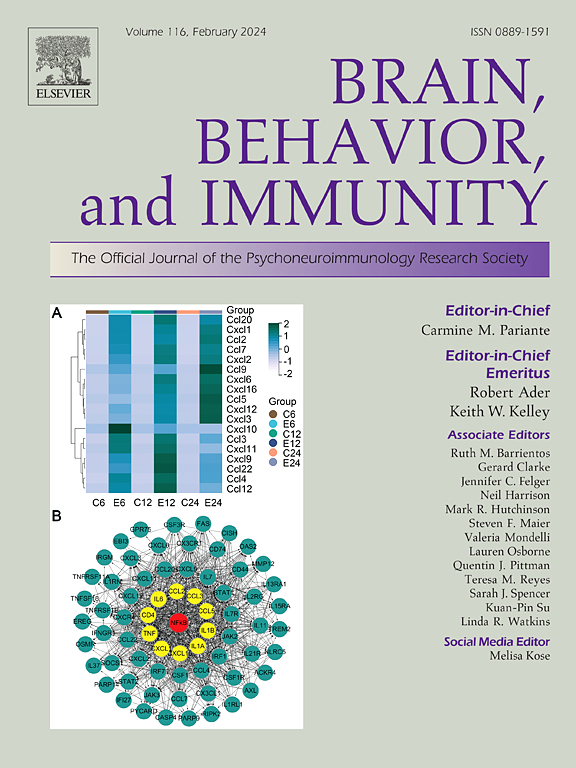Frontiers of Neurodegenerative Disease Treatment: Targeting Immune Cells in Brain Border Regions
IF 8.8
2区 医学
Q1 IMMUNOLOGY
引用次数: 0
Abstract
Neurodegenerative diseases (NDs) demonstrate a complex interaction with the immune system, challenging the traditional view of the brain as an “immune-privileged” organ. Microglia were once considered the sole guardians of the brain’s immune response. However, recent research has revealed the critical role of peripheral immune cells located in key brain regions like the meninges, choroid plexus, and perivascular spaces. These previously overlooked cells are now recognized as contributors to the development and progression of NDs. This newfound understanding opens doors for pioneering therapeutic strategies. By targeting these peripheral immune cells, we may be able to modulate the brain’s immune environment, offering an alternative approach to treat NDs and circumvent the challenges posed by the blood–brain barrier. This comprehensive review will scrutinize the latest findings on the complex interactions between these peripheral immune cells and NDs. It will also critically assess the prospects of targeting these cells as a ground-breaking therapeutic avenue for these debilitating disorders.
神经变性疾病治疗的前沿:瞄准大脑边界区域的免疫细胞。
神经退行性疾病(NDs)表现出与免疫系统复杂的相互作用,挑战了大脑作为 "免疫特权 "器官的传统观点。小胶质细胞曾被认为是大脑免疫反应的唯一守护者。然而,最近的研究揭示了位于脑膜、脉络丛和血管周围空间等关键脑区的外周免疫细胞的关键作用。这些以前被忽视的细胞现在被认为是导致 NDs 发生和发展的因素。这种新发现为开创性的治疗策略打开了大门。通过靶向这些外周免疫细胞,我们或许能够调节大脑的免疫环境,为治疗 NDs 提供另一种方法,并规避血脑屏障带来的挑战。这篇综合性综述将仔细研究这些外周免疫细胞与 NDs 之间复杂相互作用的最新发现。它还将批判性地评估以这些细胞为靶点作为治疗这些使人衰弱的疾病的突破性途径的前景。
本文章由计算机程序翻译,如有差异,请以英文原文为准。
求助全文
约1分钟内获得全文
求助全文
来源期刊
CiteScore
29.60
自引率
2.00%
发文量
290
审稿时长
28 days
期刊介绍:
Established in 1987, Brain, Behavior, and Immunity proudly serves as the official journal of the Psychoneuroimmunology Research Society (PNIRS). This pioneering journal is dedicated to publishing peer-reviewed basic, experimental, and clinical studies that explore the intricate interactions among behavioral, neural, endocrine, and immune systems in both humans and animals.
As an international and interdisciplinary platform, Brain, Behavior, and Immunity focuses on original research spanning neuroscience, immunology, integrative physiology, behavioral biology, psychiatry, psychology, and clinical medicine. The journal is inclusive of research conducted at various levels, including molecular, cellular, social, and whole organism perspectives. With a commitment to efficiency, the journal facilitates online submission and review, ensuring timely publication of experimental results. Manuscripts typically undergo peer review and are returned to authors within 30 days of submission. It's worth noting that Brain, Behavior, and Immunity, published eight times a year, does not impose submission fees or page charges, fostering an open and accessible platform for scientific discourse.

 求助内容:
求助内容: 应助结果提醒方式:
应助结果提醒方式:


